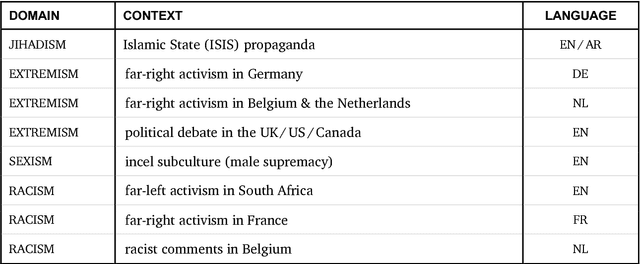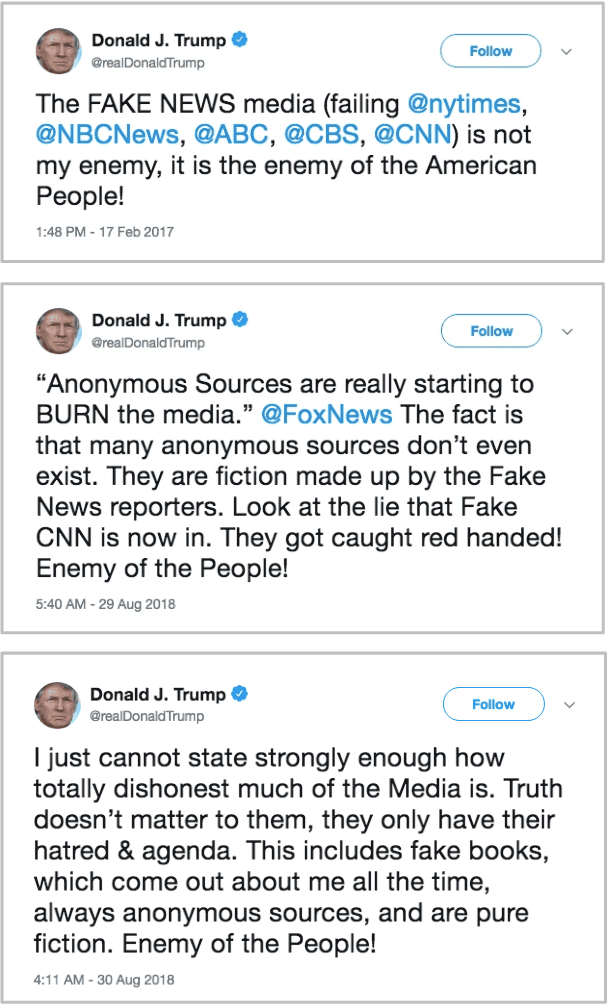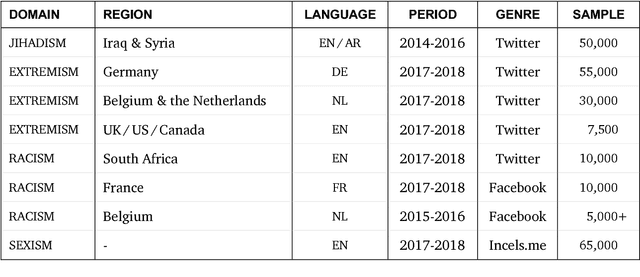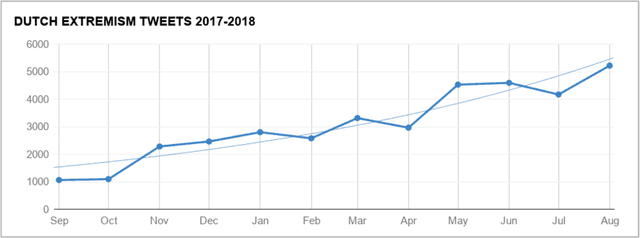Sylvia Jaki
A feast for trolls -- Engagement analysis of counternarratives against online toxicity
Nov 13, 2021



Abstract:This report provides an engagement analysis of counternarratives against online toxicity. Between February 2020 and July 2021, we observed over 15 million toxic messages on social media identified by our fine-grained, multilingual detection AI. Over 1,000 dashboard users responded to toxic messages with combinations of visual memes, text, or AI-generated text, or they reported content. This leads to new, real-life insights on self-regulatory approaches for the mitigation of online hate.
* 15 pages
Right-wing German Hate Speech on Twitter: Analysis and Automatic Detection
Oct 16, 2019



Abstract:Discussion about the social network Twitter often concerns its role in political discourse, involving the question of when an expression of opinion becomes offensive, immoral, and/or illegal, and how to deal with it. Given the growing amount of offensive communication on the internet, there is a demand for new technology that can automatically detect hate speech, to assist content moderation by humans. This comes with new challenges, such as defining exactly what is free speech and what is illegal in a specific country, and knowing exactly what the linguistic characteristics of hate speech are. To shed light on the German situation, we analyzed over 50,000 right-wing German hate tweets posted between August 2017 and April 2018, at the time of the 2017 German federal elections, using both quantitative and qualitative methods. In this paper, we discuss the results of the analysis and demonstrate how the insights can be employed for the development of automatic detection systems.
Multilingual Cross-domain Perspectives on Online Hate Speech
Sep 11, 2018



Abstract:In this report, we present a study of eight corpora of online hate speech, by demonstrating the NLP techniques that we used to collect and analyze the jihadist, extremist, racist, and sexist content. Analysis of the multilingual corpora shows that the different contexts share certain characteristics in their hateful rhetoric. To expose the main features, we have focused on text classification, text profiling, keyword and collocation extraction, along with manual annotation and qualitative study.
* 24 pages
 Add to Chrome
Add to Chrome Add to Firefox
Add to Firefox Add to Edge
Add to Edge